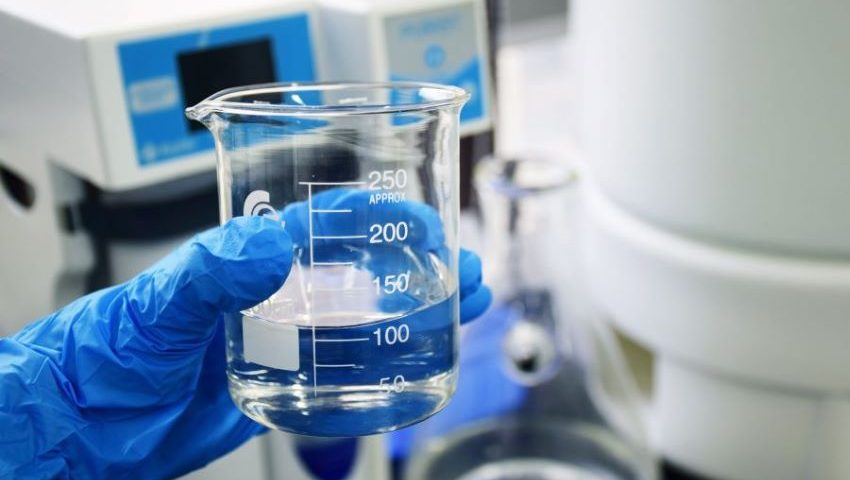Doing business

Researchers at Chalmers University of Technology have developed a new method to effectively remove 80 percent of dyes from contaminated water. The innovative technology can help reduce emissions from one of the most toxic and environmentally dangerous industries in the world.
The fact is that the textile industry is critically dependent on the planet’s water resources. For example, the creation of 1 kg of cotton requires up to 20,000 liters of water. In turn, the processing of textiles often requires the use of a number of chemicals, including dyes. Part of the residue after the use of such dyes on fabrics is discharged into water bodies and causes serious harm to the environment and human health, especially in areas with low water levels.
Clean water is essential to our health and vitality, but it is not available to everyone. The World Health Organization recently estimated that more than 2 billion people are forced to use contaminated sources.
Given the importance of access to clean water, the university team focused on new ways to use cellulose and wood-based products. The team, led by Gunnar Westman, associate professor of organic chemistry at Chalmers, has developed a technology that makes it easy to remove water pollutants.
Firstly, the researchers accumulated a thorough knowledge of cellulose nanocrystals – the key to water purification, because these tiny nanoparticles have an extraordinary adsorptive capacity.
The first experiments resulted in a biologically based material in the form of cellulose powder with high purifying properties. A key advantage is that it can be adapted and modified depending on the types of pollutants to be removed.
The research was carried out in collaboration with the Malawiya National Institute of Technology in Jaipur, India, where pollutants in the form of dyes in wastewater are a very common problem.
India is a country with a large textile industry, which means that an incredible amount of dyes enters lakes, rivers and streams every year. Contaminated water causes skin damage through direct contact, and also increases the risk of cancer and digestive organ damage when it enters the food chain.
Laboratory tests with industrial water have shown that the new method removes more than 80% of the dyes.
And most impressively, the method does not require pressure or heat like most classical treatment plants and uses sunlight to catalyze the process.
In addition, by optimizing the pH and time of the process, there is an opportunity to further improve the treatment and production of both irrigation and drinking water.
Additional research has shown that pollutants of toxic hexavalent chromium, common in mining and metallurgical wastewater, can be successfully removed with this type of cellulose-based material.
The plan is to create a prototype, namely a simple and mobile treatment system, in the form of a box connected to a sewage pipe. Pollutants will be absorbed as the water passes through a filter with cellulose powder, and sunlight hitting the system will cause them to break down quickly and efficiently.
You can find more interesting news about innovation and investment in the world on Telegram, Facebook and the Agency’s official website.